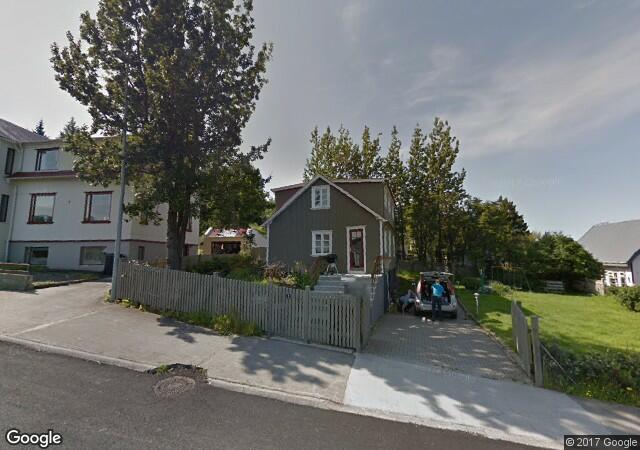In the period from 1920 to 1930, a district of concrete houses developed in the area between Vesturgata and Túngata. An innovation in the planning of the area was that gardens were placed on the sunny side of the house; hence the houses on the south of the street are up against the pavement, while those on the north side are placed farther back on the plot. Most residential areas in Reykjavik were planned in this fashion until about 1950.
Concrete replaced wood as the predominant building material in Reykjavik following disastrous fires in 1915. Concrete building initially imitated classic architectural styles based upon cut-stone or wooden buildings. After 1925, there were new influences on architecture, from mainland Europe for instance. Examples of this are Öldugata 16, 18 and 19, designed by architect Þorleifur Eyjólfsson in 1925-29.


